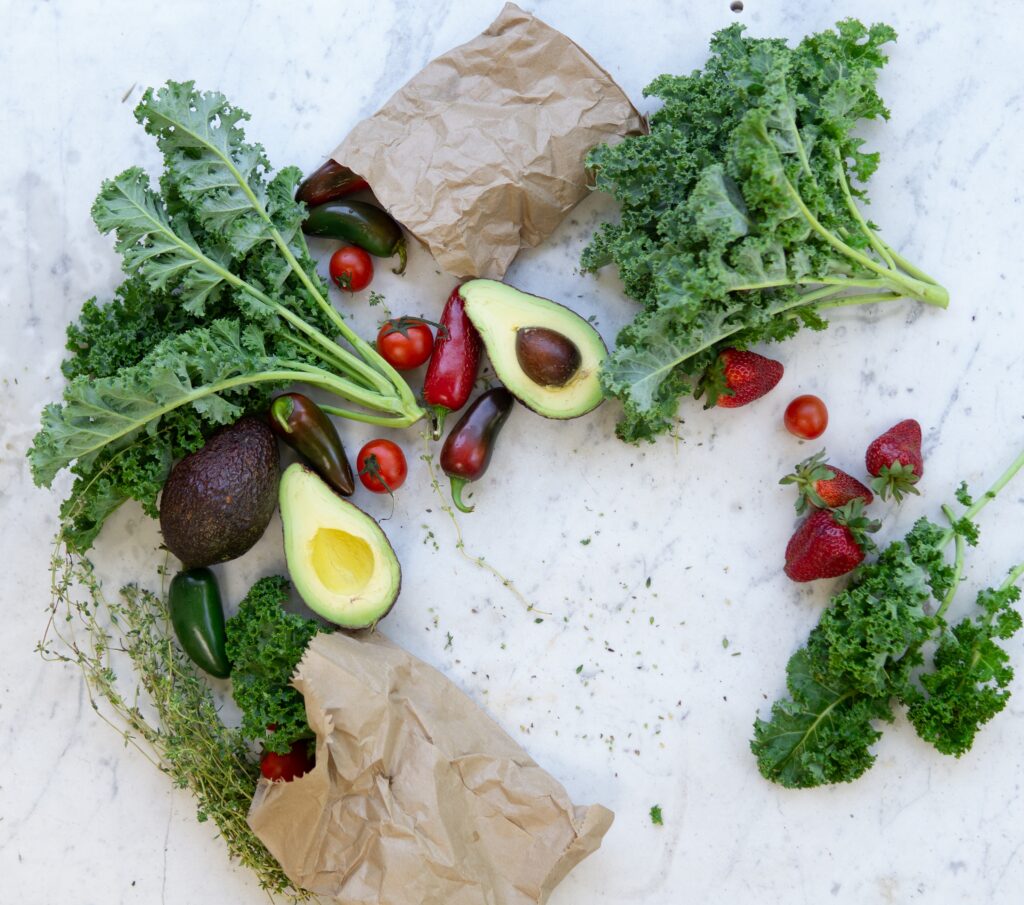Oh, the dreaded THRUSH – if you know, you know! Thrush is one of the most common yeast infections that seem to affect most women at some point in their lives. While it is mostly harmless, it sure can be unpleasant and uncomfortable. Understanding the vaginal microbiome is important to understand how and why we may get thrush.
The “microbiome” refers to the genetic material of the collection of microbes living in a particular environment. These microbes may include bacteria, protists, fungi and viruses, and the number of microbial cells outweigh the number of human cells by about 10 times (crazy to think)! The vaginal microbiome on the other hand populates a female’s urogenital tract from the cervix to the external anatomy, and is mostly characterised by bacteria. This environment is typically dominated by the Lactobacillus genus, which creates an acidic environment to help protect against sexually transmitted infections (STIs) and maintain healthy mucus production (Miller et al., 2016).
You may recall reading a previous blog of ours on the vaginal microbiome, if not check it out!
Factors affecting the vaginal microbiome include:
- Sexual activity and semen
- Use of lubricants
- Antibiotics (we have all been told to take probiotics with antibiotics, right!?)
- The pill
- Menstruation
- Bacterial vaginosis (BV)
- Candida albicans
What is Candida (aka Thrush)?
Candida albicans is the yeast that is commonly implicated in vaginal thrush. It naturally lives in the bowel and in small numbers in the vagina, and is a normal part of our skin, gut and vaginal microflora. It is only when Candida numbers start to increase that symptoms generally emerge. Symptoms of vaginal thrush may include vaginal discomfort such as itching or burning, thick white “cottage cheese” like discharge – this may be particularly noted around the time of ovulation, redness and swelling of the vulva or vagina, stinging or burning while urinating or during sexual intercourse or splits in the genital skin.
It is thought that around a whopping 75% of women will develop vaginal thrush at least ONCE in their lifetime!
What Factors Can Cause Thrush?
Firstly, women are more likely to get thrush if they:
- Are pregnant (due to changes in your estrogen levels).
- Are using hormonal contraceptives, in particular the oral contraceptive pill with a high estrogen dose.
- Have diabetes.
- Have a weakened immune system, such as having an HIV infection.
- Are taking (or have recently taken) a course of antibiotics which can be harming the population of good bacteria, that usually provide important competition for Candida albicans numbers, keeping it in check. However, once these good bacteria are killed off by the antibiotics, the yeast numbers can rise!
- Have vulval skin conditions such as eczema.
- Are using vaginal deodorants, powders, and douching (put the products down, ladies, your vagina is a self-cleaning system)!
However, in some cases, the cause of Candida-related vaginal thrush cannot be identified, which is incredibly frustrating for many!
What role can diet play in the prevention and treatment of vaginal thrush?
Sadly, we don’t know of any effective dietary management strategies for vaginal thrush. You may have come across a variety of “Candida diets”, but it is important to know that these are not based on any scientific evidence.
Often these diets foster restrictive eating patterns with a focus on strictly limiting added sugars and carbohydrates. This can lead to undesirable health outcomes, including, but not limited to, unintentional weight loss. On the other hand, some of these diets may sound completely outrageous, and that’s because they are! We’ve heard about applying yoghurt to the vulva and even sticking a garlic bulb up there – yes, this advice exists on the internet!
Dietary strategies cannot replace medical management of vaginal thrush. However, if you are experiencing recurrent vaginal thrush, you may want to consider the role of dietary variety and the overall health of your gut microbiome, with a focus on plant diversity (including the consumption of 30 different plant foods per week).
This includes:
- Fruit
- Vegetables
- Herbs and spices
- Wholegrains
- Nuts & seeds
- Plus probiotic rich foods, such as yoghurt or kefir (eat these please, don’t apply externally!)

Focusing on increasing your intake of these foods will help promote a diverse gut microbiome and provide sufficient prebiotic fibre to support the populations of good gut microbes, particularly if you are using antibiotic or antifungal medication. You may also want to consider a vaginal flora-specific probiotic with the help of a women’s health dietitian or your doctor. This may be helpful to support Lactobacillus populations in the vagina and keep that pH slightly acidic to ward off the growth (or overgrowth) of pathogens.
Can specific foods worsen vaginal thrush?
The idea that we can “starve” out Candida albicans numbers by avoiding sugars and carbohydrates is flawed. After all, carbohydrates come with all important fibre to help support healthy microbiota populations. So, in theory, there is the potential to “starve” out the competition, which can help keep Candida numbers in check! Limiting added sugars as per the WHO guidelines for general health should be advocated for. This is about 6 teaspoons or 24 grams of added sugars per day (this excludes fruit and dairy).
Some non-dietary strategies and suggestions which may help with prevention of vaginal thrush include:
- Wiping front to back to avoid the spread of Candida from the bowel to the vagina
- Avoid using soap to wash the genital areas
- Avoid using douches, perfumed sprays and antiseptics
- Use unscented toilet paper and menstrual products – opt for organic cotton options
- Wear cotton underwear and avoid tight-fitting underwear
Looking for more information? A good place to start is the Jean Hailes for Women’s Health website!
If you’re experiencing recurrent thrush and you want some tips to help build some healthy nutritious habits to support gut and vaginal microflora, reach out for a chat with The Dietologist team to guide you through it.







